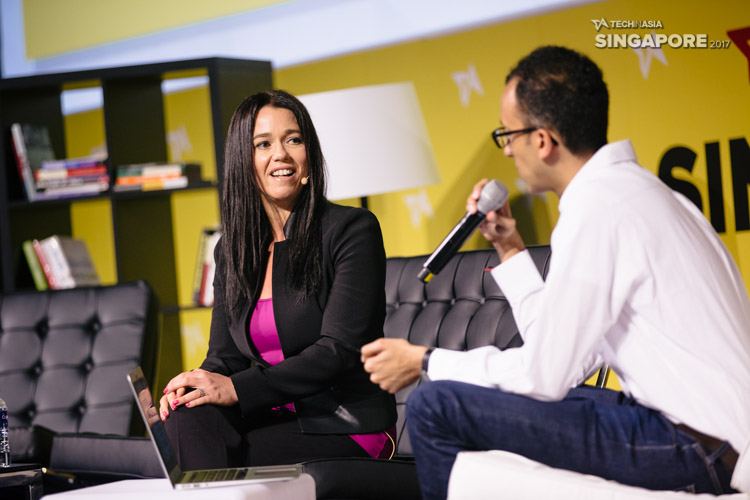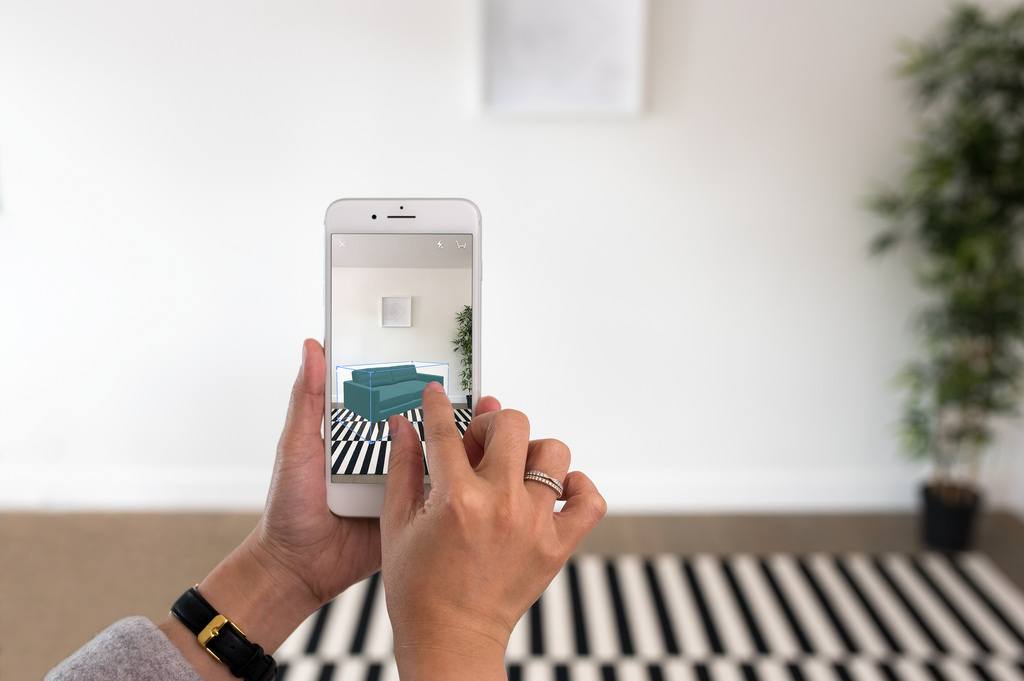
Photo credit: Tech in Asia.
Houzz’s rise from a bootstrapped side project to a multi-billion dollar company is a story most startups can only dream of. A husband-wife duo starts renovating their house. Their own painful experience inspires them to build a product that becomes a company. Over the next eight years, that company grows into an international empire with offices all over the world, and more than 40 million monthly unique users.
Their secret sauce? Listening to users – and bootstrapping.
“In terms of the community, we were the first two users, Alon and I,” Adi Tatarko, co-founder of Houzz, told audience members at Tech in Asia Singapore yesterday. “We put our user experience as well as our small community’s user experience – we started with 20 parents from our kid’s school – as our top priority.”
“We said this is something that we’re not going to compromise,” she emphasized.
User-centered design is by no means a unique approach – and for some companies, it’s more PR than product strategy. But for Houzz, it’s resulted in a number of key, strategic decisions. The initiative to take the Silicon Valley-based startup overseas, for instance, was prompted by Houzz’s users who were interested in European and Asian design. Houzz’s marketplace, which sells products like bathtubs and candles, was also a request from users. Launched as a beta in 2014, the marketplace now offers over eight million products.

Photo credit: Houzz.
This approach of staying sensitive to user feedback has also helped the US company localize its products and content for users all over the world. Today, Houzz has launched products in 15 markets outside of the US, such as Singapore, India, and Russia.
“It’s not just what we imagine you need, it’s what you’re telling us you need,” explained Tatarko.
It’s not just what we imagine you need – it’s what you’re telling us you need.
Every market is unique. In Singapore, for instance, users are more interested in small spaces and how to maximize them. In contrast, homeowners in the US might want to see pictures and other content focused around single family homes. Japan’s home-owning landscape is even more quirky, with most people buying new homes and spending their whole lives in them, instead of purchasing second-hand houses.
Deciding where to launch next is also heavily contingent on Houzz’s users and their interests. When exploring new markets, the company checks for interest in interior design, home remodeling, and Houzz’s product from both the local community and users in other markets.
“If we see a lot of searches for Indian products and for Indian styles that’s a great indication, especially when it comes from different countries all over the world,” she said. In the case of India, there were 50,000 active Indian professionals using the company’s site for their business every month and one million users, before they even launched.
The magic of bootstrapping
Houzz has also been blessed with generous investors. It’s raised more than a hundred million dollars from well-known backers, including Sequoia Capital and GGV Capital. But Tatarko attributes that capital to Houzz’s early days when the company was still a side project.
“The fact that we bootstrapped was the best thing that happened to us in so many different fronts, but also fundraising,” she said. Because they had a live product with users by the time they were ready to start fundraising, there was no need to convince investors of their competence.
“Already hundreds of thousands of people were using it every month and we didn’t even invest any money in it,” said Tatarko. If you can scale your product to a certain level, no one will question your ability, she added.
If you can scale your product to a certain level, no one will question your ability.
That put Houzz in a powerful position, especially when it came to negotiating terms. It also let them choose the best individual investors from the top firms – because investors were approaching them, not the other way around.
“Many entrepreneurs that I see are spending a lot of time creating these presentations and decks and models, […] trying to get investors to like them and their idea, and give them the money,” said Tatarko. That’s how entrepreneurs get stuck with bad terms and lose control of their company, because they’re so desperate, they’ll take money from anyone, she said.
“You can avoid all this and actually choose the best investors and best partners – they’ll come after you – if you’ll just spend the first six months to one year of not creating presentations and not pitching, but really building and proving the concept,” explained Tatarko.
This is part of the coverage of TIA Singapore 2017, our conference taking place on May 17 and 18.
This post How Houzz grew from a side project to an international empire appeared first on Tech in Asia.
from Tech in Asia https://www.techinasia.com/houzz-keynote-tiasg-2017
via IFTTT
No comments:
Post a Comment